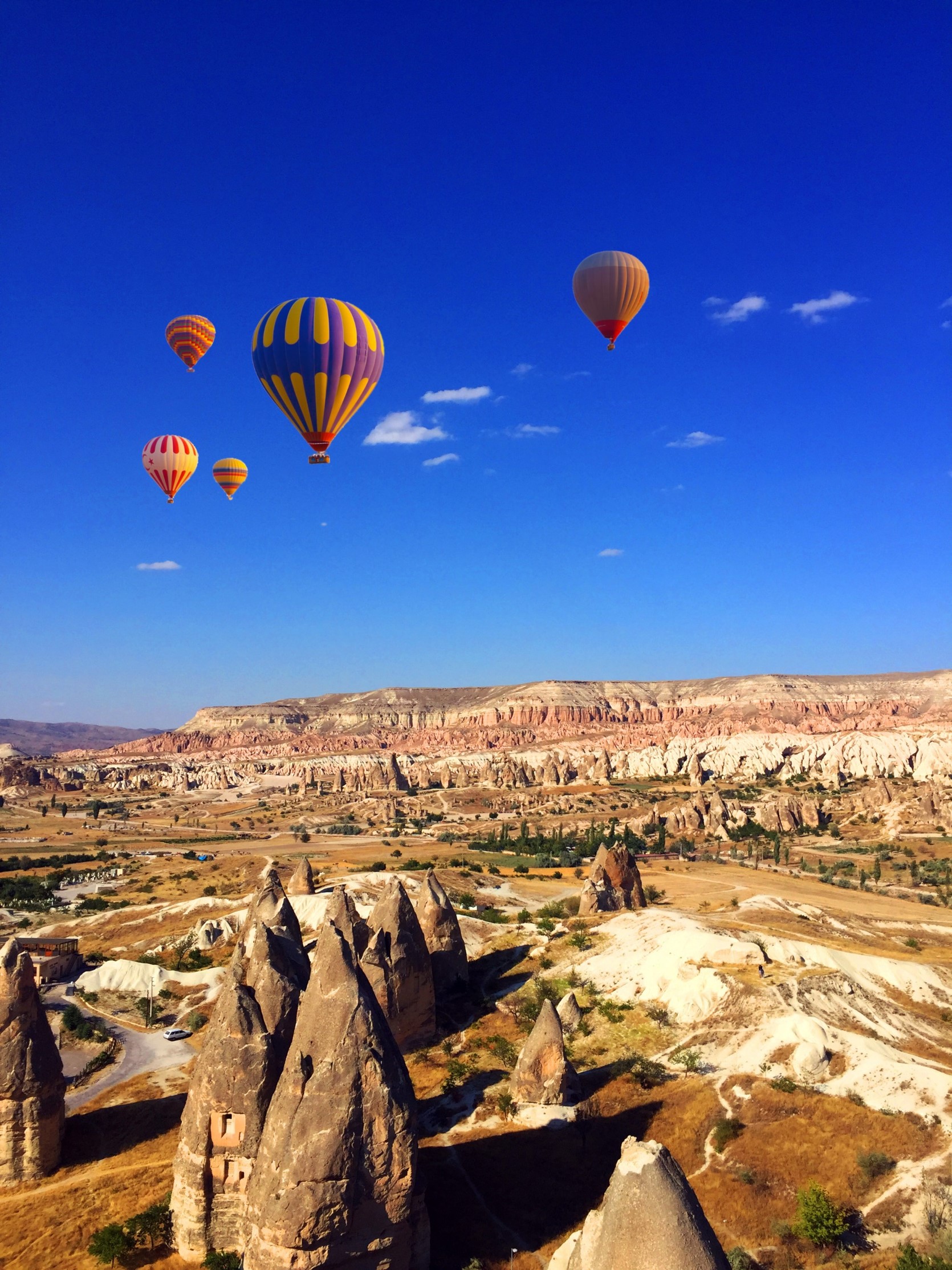Recreational facilities in the context of Destination Management
Palabras clave:
Destination management, Tourist expectation, Recreation facilities, TourismResumen
In order to carry out successful tourism activities in a tourist destination, it is necessary to be able to make the right decisions at the destination level. However, tourist destinations have a complex structure; there are too many stakeholders and there may be conflict of stakeholder interests, the results of the decisions can be seen in the long run, and the perception of risk is high, etc. Many reasons make it difficult to make a decision in destination management. This study aims to create an information input for tourist expectations to the decision-making mechanism at the destination level. To do this, a two-stage research period was designed. The first stage is a qualitative process and includes the identification and categorization of tourists' expectations for recreational facilities. The second phase is based on the Kano Model and analyzes covering the weighting and ranking of these expectations. The research findings reveal the priorities of the tourists in the determination of the recreational facilities for the destination and in the decision-making phase. It is seen that nightlife has an important priority in terms of expectations for recreation.
Descargas
Publicado
Cómo citar
Número
Sección
Licencia
Autores que publicam nesta revista concordam com os seguintes termos:
Os Autores mantém os direitos autorais e concedem à revista o direito de primeira publicação, com o trabalho simultaneamente licenciado sob a Creative Commons Attribution License que permitindo o compartilhamento do trabalho com reconhecimento da autoria do trabalho e publicação inicial nesta revista.
Autores têm autorização para assumir contratos adicionais separadamente, para distribuição não-exclusiva da versão do trabalho publicada nesta revista (ex.: publicar em repositório institucional ou como capítulo de livro), com reconhecimento de autoria e publicação inicial nesta revista.
Autores têm permissão e são estimulados a publicar e distribuir seu trabalho online (ex.: em repositórios institucionais ou na sua página pessoal) a qualquer ponto antes ou durante o processo editorial, já que isso pode gerar alterações produtivas, bem como aumentar o impacto e a citação do trabalho publicado (Veja O Efeito do Acesso Livre).








